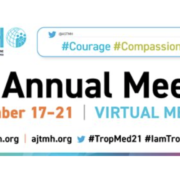Equity and malaria: Who gets prioritized when a household doesn’t have enough mosquito nets?
Written by: Ashley Riley, Program Officer, Breakthrough ACTION; Gabrielle Hunter, Malaria and Zika Technical Team Lead, Breakthrough ACTION; Meei Child, Communications Officer, Breakthrough ACTION
In Malawi, fewer and fewer young boys sleep under an insecticide-treated net (ITN) as they grow older, especially in households where there are not enough ITNs. Once these young boys turn about 15 years old, ITN use increases once again. So, why aren’t young boys sleeping under ITNs? Are they choosing to not sleep under the ITNs in their homes, or are there simply not enough ITNs to cover the whole family?
One explanation might be that families have not been reached with appropriate malaria-prevention messages about using ITNs by all members of the family. However, as is the case for most public health concerns, the reality is much more nuanced.
Sleeping under ITNs is the best way for a household to prevent malaria, which killed nearly 630,000 people in 2020. While women and children under the age of five are the most vulnerable, everyone at risk of getting malaria needs to sleep under an ITN every night. To ensure this happens, malaria program planners must first understand who is and is not using ITNs and where and when they are being used.
Fortunately, these data are available through the ITN Access and Use Report Interactive Website. The U.S. President’s Malaria Initiative’s VectorWorks project originally developed this report; the online version, now in its fifth year, is updated regularly by Breakthrough ACTION as new data become available. Today, this website is the go-to reference for ITN use data by malaria program planners across the globe. In the past year alone (April 25, 2021–April 24, 2022), the website received over 11,835 pageviews.
Using data from the Demographic and Health Surveys, Malaria Indicator Surveys, and Multiple Indicator Cluster Surveys from more than 45 countries across Africa, Asia, and the Americas, this website presents factors that impact whether or not someone might sleep under an ITN and displays them on an interactive map. The website brings together data from all these surveys in a single location to facilitate data use for decision-making. But the true appeal of the ITN Access and Use Report is that it doesn’t just look at behaviors in a vacuum. Instead, the report takes into consideration a household’s access to enough ITNs to cover the whole family, because people cannot use a net they don’t have.
The website accounts for access to mosquito nets by calculating the ratio of ITN use to access. The ratio estimates the proportion of the population using ITNs among those that have access to one within their household and provides the most reliable data on the true gap in net use behavior—rather than a gap because not enough nets are available.
This is important because in many cases, the lack of ITN use is due to households simply not having enough nets for everyone to sleep under, and these inequities in ITN coverage emerge in the data. For example, data from Malawi show that children under five are prioritized for ITN use in households with some but not enough ITNs, and so are women of reproductive age. However, children of school age have the lowest ITN use when families have insufficient ITNs, especially boys between the ages of five to 15.
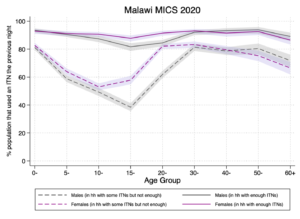
Interestingly, when households in Malawi have enough ITNs, this troubling trend of low ITN use among this age group disappears. In fact, low net use among school-aged children, especially boys, is common across most malaria-endemic countries in Africa, and likely is a result of changes in household sleeping arrangements without a corresponding increase in ITNs in the home. The scarcity of ITNs leads to inequity of coverage, with boys and adolescents most affected. However, when a family has enough nets, parents no longer have to make the difficult decision of deciding who sleeps under a bed net. In other words, when there are enough nets, everyone gets covered. Moreover, to reach zero malaria, everyone in malaria-stricken areas needs to be sleeping under an ITN every night.
The information presented in the interactive ITN use:access website can help malaria programs achieve equity. Malaria program planners can identify groups that are not using the ITNs they have to their fullest degree or which groups do not have enough ITNs. Armed with insights about their program’s priority audiences, program planners can design malaria prevention programs that are comprehensive and inclusive. Because in this fight to reach zero malaria, we must ensure that everyone can access the resources they need to protect themselves and their families.

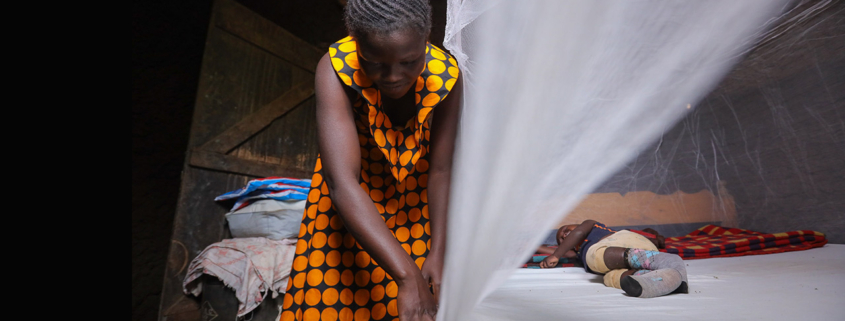 PMI/USAID
PMI/USAID 2019 CORE Group Global Health Practitioner Conference
2019 CORE Group Global Health Practitioner Conference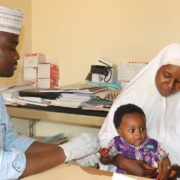 Breakthrough ACTION
Breakthrough ACTION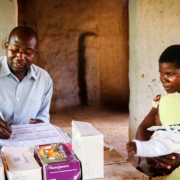 Photo credit: amy Rakotoniaina/PMI/Flickr
Photo credit: amy Rakotoniaina/PMI/Flickr
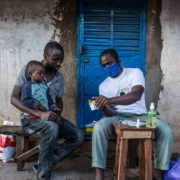 USAID/StopPalu+/Flickr
USAID/StopPalu+/Flickr